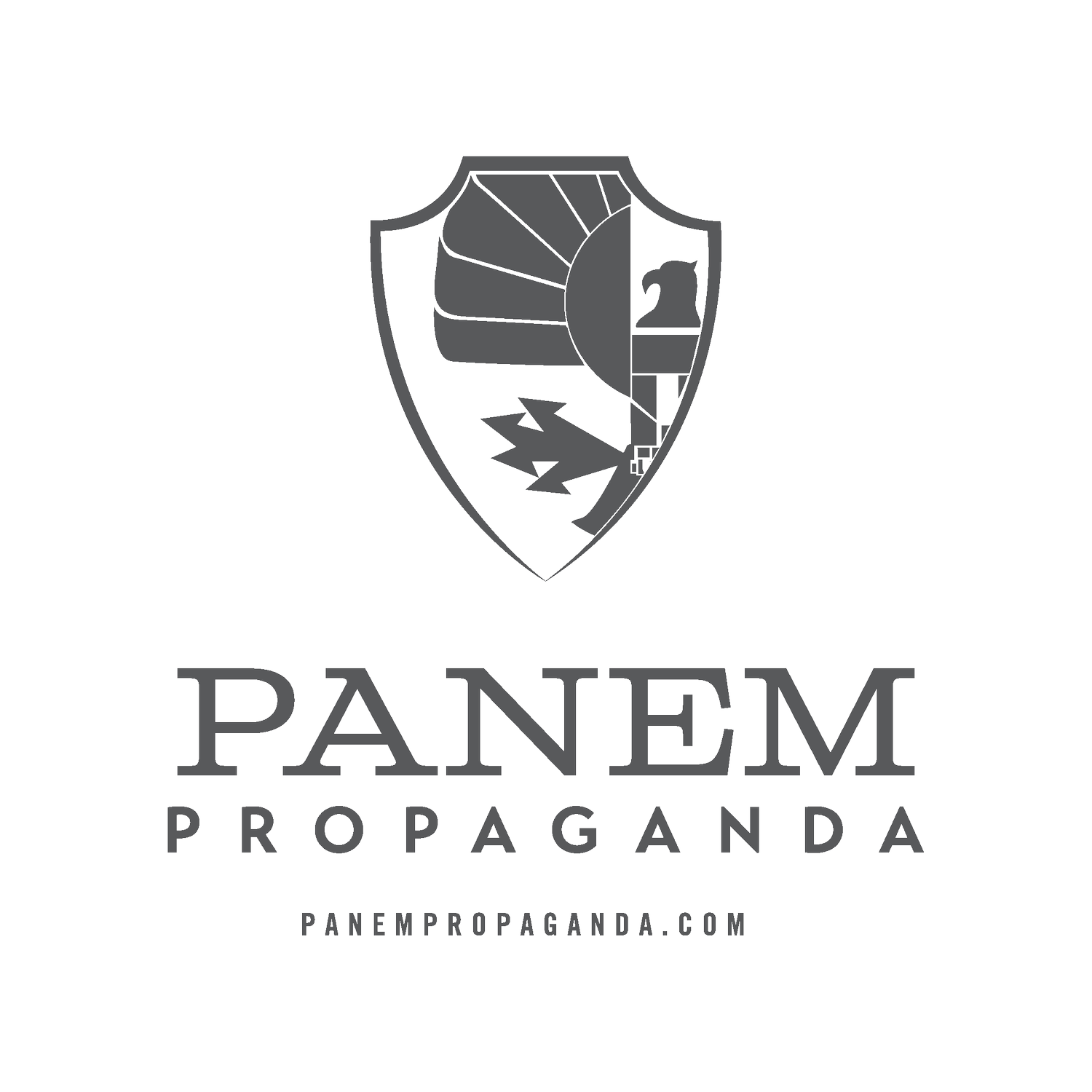
Variety just posted a great article on the Mockingjay films. They spoke with Lionsgate's head of marketing, Tim Palen, producers Nina Jacobson and Jon Kilik, production president Erik Feig, and director Francis Lawrence on everything from the marketing plan to European shooting sites. Read on:
“When we started, we decided to look at this as one big movie that’s eight hours long,” notes Tim Palen, the architect of Lionsgate’s marketing effort. “Otherwise, it’s going to be kind of overwhelming to do a new campaign for each movie.”
Palen admits the bar is set higher for the Mockingjay movies than for the first two pics — even though foreign box office jumped by more than 50% (to $450 million from $283 million) from the first to the second pic.
“A big part of the second film was growing the franchise, and the greatest potential was international,” he says. “We did a major presentation to distributors in Cannes, and did six premieres outside the U.S. And we still have room to grow. We’ve matched Iron Man 3 on domestic, but we can do better on international.”
Mockingjay: Part 1, which hits theaters Nov. 21, takes place in a location far different from the world of Suzanne Collins’ first two books — and the first two movies in which Jennifer Lawrence’s Katniss Everdeen battles through two versions of the gladiatorial Hunger Games. In the coming film, Katniss becomes the poster child of a massive rebellion in a world on the brink of war.
In his promotional materials, Palen used the iconic mockingjay image from the The Hunger Games book covers for the first film as a symbol of freedom and for the second with the pin ablaze. In the third image, the bird is breaking free and taking flight — reminding fans of what they liked about the first two movies and hinting at what’s to come.
Director Francis Lawrence ended Catching Fire with a shot showing a spark in Lawrence’s eyes, followed by the rebels’ mockingjay logo. “It was a great way get from one to the next eloquently and elegantly,” Palen notes.
There will be reveals of the campaign in May at the Cannes film festival and in July at Comic-Con. Until then, Lionsgate is trying to keep specifics under wraps, though director Lawrence allows that the next two films take place in a Panem so devolved as to be barely recognizable.
Much more after the jump!
“We are going to new places,” Lawrence promises. “No one’s ever been to District 13, and we have not really been in much of the Capitol, so creating that is the really fun stuff.”
Catching Fire has been an outsized success, grossing 25% more than The Hunger Games with Lawrence replacing Gary Ross, director of the first movie. The latest film enabled Lionsgate to finish fifth among studios at the U.S. box office in 2013, for the second year in a row beating out Fox and Paramount.
The final scene of Catching Fire — Katniss launching an arrow toward the gladiatorial dome — is followed by the promise of mass upheaval in the next film.
“Not since Luke Skywalker shot into the Death Star has one person had that kind of impact in a franchise film,” asserts Lionsgate production president Erik Feig. “What I really love about how (the 23-year-old Lawrence) plays that character is that Katniss is larger than life and yet she wears her emotions in a very relatable way. She’s not a superhero by any stretch — she’s all too human in the face of extreme conditions — and she faces them with the presence of mind that we all wish we had.”
Producer Nina Jacobson adds that thematically, the film strikes a nerve with audiences. “I was reading a New York Times article on the set about economic inequality, and it made me feel as if we’re becoming more like Panem each year,” she asserts. “The similarities are striking.”
The studio’s decision in mid-2012 to split Mockingjay into two movies (with Collins’ blessing), followed the path blazed by Warners, which made two films from the last of the seven Harry Potter books, and by Summit with the fourth and final Twilight novel, which Feig oversaw.
The production prexy says it makes sense to go as fast as possible, with the final film, set for November 2015. “It’s always a little bit of jumping off a cliff, but I like having that goal post,” Feig notes. “Here is a date — this is when the movie will be out in theaters. When you don’t have it, there’s a vague existential cloud hanging over it, so a release date makes the theoretical actual.”
Lionsgate has even booked Berlin’s massive Templehof Airport — built in 1927, reconstructed by the Nazis as a symbol of supremacy, and closed six years ago — and huge apartment complexes outside Paris for shooting battle scenes. Feig allows that part of the inspiration came from Stanley Kubrick’s Full Metal Jacket, his cinematic recounting of the 1968 Tet Offensive in Vietnam.
“Kubrick shot the siege in London,” Feig notes. “In a weird way, we love the idea of urban sprawl. So we (looked for) big buildings that have been around forever. We kept coming back to classic war movies, and we started thinking we should look into Europe.”
Producer Jon Kilik says the Mockingjay films mean Lionsgate is moving to the next level. “We are trying to create the reality of a future that’s rooted in the past,” he notes, adding that shooting in Hawaii for “Catching Fire” added to the film’s spectacle. “Those locations are extra-special, and it’s a real reach financially for them,” Kilik says.
